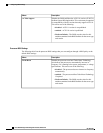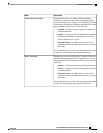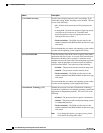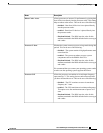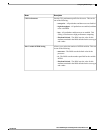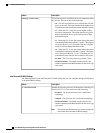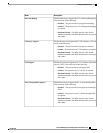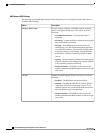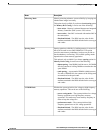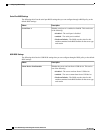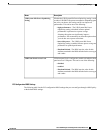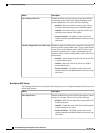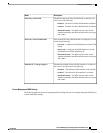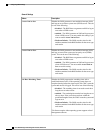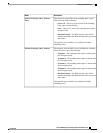
RAS Memory BIOS Settings
The following table lists the RAS memory BIOS settings that you can configure through a BIOS policy or
the default BIOS settings:
DescriptionName
How the memory reliability, availability, and serviceability
(RAS) is configured for the server. This can be one of the
following:
• maximum performance—System performance is
optimized.
• mirroring—System reliability is optimized by using half
the system memory as backup.
• lockstep—If the DIMM pairs in the server have an
identical type, size, and organization and are populated
across the SMI channels, you can enable lockstep mode
to minimize memory access latency and provide better
performance. Lockstep is enabled by default for B440
servers.
• sparing—System reliability is enhanced with a degree of
memory redundancy while making morememory available
to the operating system than mirroring.
• Platform Default—The BIOS uses the value for this
attribute contained in the BIOS defaults for the server type
and vendor.
Memory RAS Config
Whether the BIOS supports NUMA. This can be one of the
following:
• disabled—The BIOS does not support NUMA.
• enabled—The BIOS includes the ACPI tables that are
required for NUMA-aware operating systems. If you
enable this option, the system must disable Inter-Socket
Memory interleaving on some platforms.
• Platform Default—The BIOS uses the value for this
attribute contained in the BIOS defaults for the server type
and vendor.
NUMA
Cisco UCS Manager GUI Configuration Guide, Release 2.0
392 OL-25712-04
Configuring BIOS Settings



